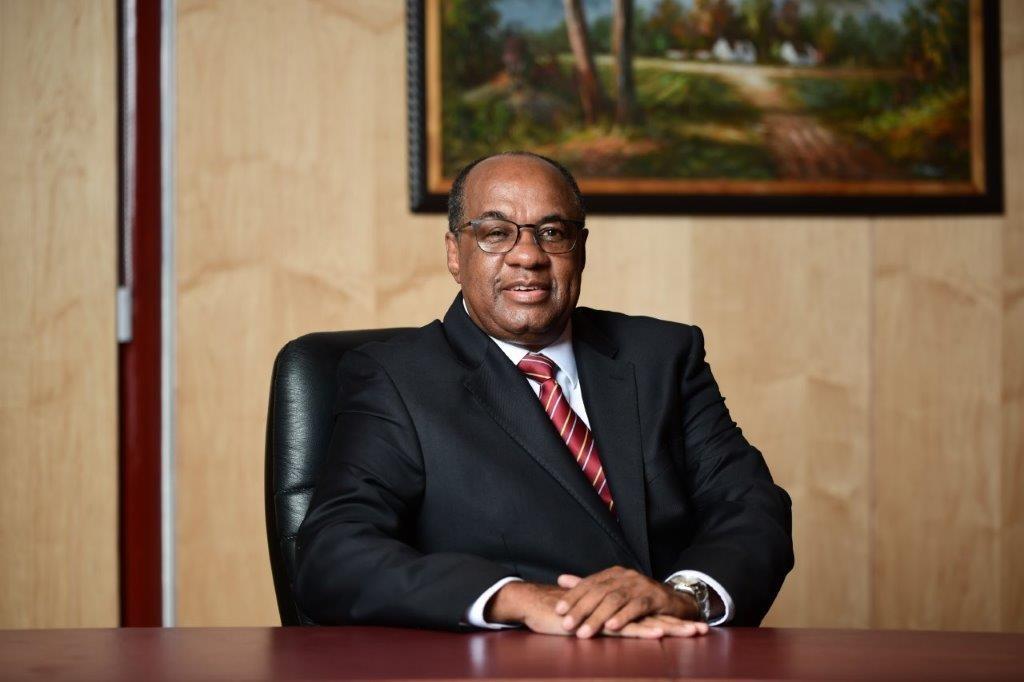Boost health policy to boost economic growth
The Bank of Namibia (BoN) decided to keep the repo rate unchanged at 3.75% in order to continue supporting the weak domestic economy.
PHILLEPUS UUSIKU
The delta variant had devastating effects on key economic sectors such a tourism. As a result, the Bank of Namibia (BoN) revised and lowered its economic growth forecast for 2021 to 1.4% compared to a 2.7% forecast earlier this year.
According to the central bank governor Johannes !Gawaxab, the successful procurement, expeditious rollout as well as large-scale uptake of Covid-19 vaccines remain key to the extent and speed of the economic recovery.
The BoN held its fourth monetary policy announcement for the year and decided to leave the repo rate unchanged at 3.75%. The means the prime lending rates for local commercial banks will also remain at 7.50%.
!Gawaxab notes that the decision was taken following a review of global, regional and domestic economic and financial developments.
“The Monetary Policy Committee (MPC) is of the view that at 3.75%, the repo rate remains appropriate to continue supporting the weak domestic economy, while at the same time safeguarding the one to-one link between the Namibia dollar and the South African rand, “he said.
Domestic economic activity remained subdued during the first half of 2021, mainly reflected in a slowdown in the tourism, mining, agriculture, manufacturing, construction, as well as the transport and storage sectors. Since the last MPC meeting in June 2021, activity in the wholesale and retail trade sector increased, while activity in the local electricity generation subsector declined, he pointed out.
PRICE MONSTER
Annual average inflation increased to 3.5% during the first seven months of 2021, compared to 2.1% for the corresponding period in the previous year. The increase in inflation was mainly driven by the food and transport categories. This was on account of supply constraints particularly for meat and a rise in international oil prices, respectively. On a monthly basis, overall inflation moderated to 4.0% in July 2021 from 4.1% in June. Overall inflation is projected to average around 3.9 percent for 2021, slightly higher than the previous forecast of 3.6%, the governor added.
Growth in private sector credit slowed to an average of 2.4% for the first six months of 2021, lower than the average of 4.7% recorded during the same period in 2020. The slowdown in private sector credit was due to lower demand for credit by both businesses and households, as a result of slow domestic economic activity during the review period. Since the last MPC meeting, year-on-year growth in PSCE declined to 2.7% at the end of June 2021 from 3.1% at the end of April 2021, due to base effects as well as the sluggish economy, !Gawaxab [email protected]
The delta variant had devastating effects on key economic sectors such a tourism. As a result, the Bank of Namibia (BoN) revised and lowered its economic growth forecast for 2021 to 1.4% compared to a 2.7% forecast earlier this year.
According to the central bank governor Johannes !Gawaxab, the successful procurement, expeditious rollout as well as large-scale uptake of Covid-19 vaccines remain key to the extent and speed of the economic recovery.
The BoN held its fourth monetary policy announcement for the year and decided to leave the repo rate unchanged at 3.75%. The means the prime lending rates for local commercial banks will also remain at 7.50%.
!Gawaxab notes that the decision was taken following a review of global, regional and domestic economic and financial developments.
“The Monetary Policy Committee (MPC) is of the view that at 3.75%, the repo rate remains appropriate to continue supporting the weak domestic economy, while at the same time safeguarding the one to-one link between the Namibia dollar and the South African rand, “he said.
Domestic economic activity remained subdued during the first half of 2021, mainly reflected in a slowdown in the tourism, mining, agriculture, manufacturing, construction, as well as the transport and storage sectors. Since the last MPC meeting in June 2021, activity in the wholesale and retail trade sector increased, while activity in the local electricity generation subsector declined, he pointed out.
PRICE MONSTER
Annual average inflation increased to 3.5% during the first seven months of 2021, compared to 2.1% for the corresponding period in the previous year. The increase in inflation was mainly driven by the food and transport categories. This was on account of supply constraints particularly for meat and a rise in international oil prices, respectively. On a monthly basis, overall inflation moderated to 4.0% in July 2021 from 4.1% in June. Overall inflation is projected to average around 3.9 percent for 2021, slightly higher than the previous forecast of 3.6%, the governor added.
Growth in private sector credit slowed to an average of 2.4% for the first six months of 2021, lower than the average of 4.7% recorded during the same period in 2020. The slowdown in private sector credit was due to lower demand for credit by both businesses and households, as a result of slow domestic economic activity during the review period. Since the last MPC meeting, year-on-year growth in PSCE declined to 2.7% at the end of June 2021 from 3.1% at the end of April 2021, due to base effects as well as the sluggish economy, !Gawaxab [email protected]






Kommentar
Allgemeine Zeitung
Zu diesem Artikel wurden keine Kommentare hinterlassen